New Zealand’s Rising Cost of Living and How to Manage It

Living has never cost so much.
New Zealand is one of the most expensive places to live. Couple that with our comparatively low incomes, and it’s hard for a lot of people to make ends meet.
Some will hop the ditch, others will fly further afield. But for those of us who choose to stay, it’s time to give some very real thought to the cost of living in New Zealand.
This article looks at the current stats, before giving you some helpful tips on managing your lifestyle and surviving the crunch.
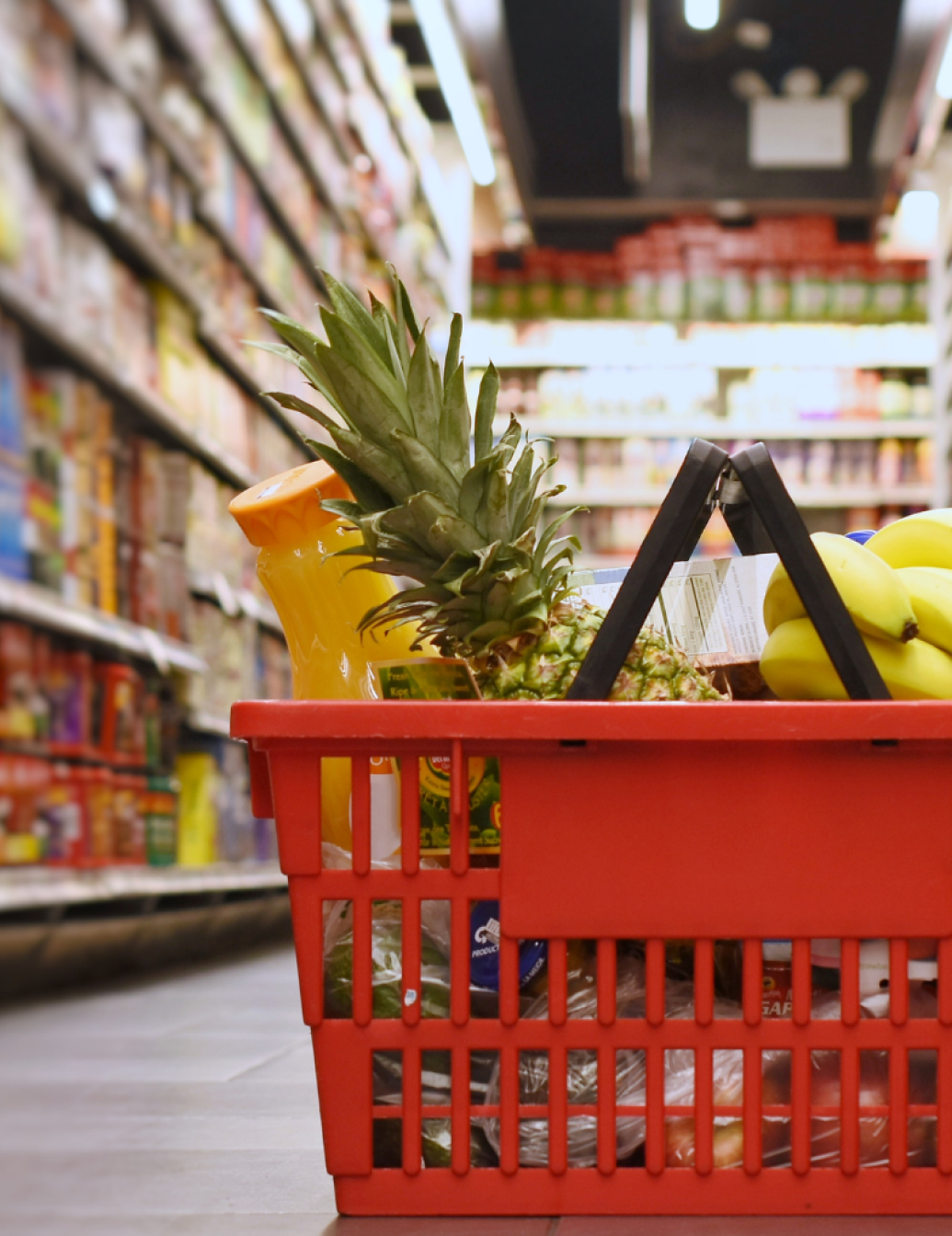
Cost of Living in New Zealand
According to Statistics New Zealand, the cost of living increased by 7.7% in the 12 months from March 2022.
That’s huge, especially when you consider that for most people, their income will not have changed by that much, if at all.
The price increases primarily came from rent, food and interest payments. Fruit and vegetables alone increased by 21%, while interest payments increased by 38%.
The table below shows the percentage increases of some different food items over a 12 month period from January of the previous year (data from Stats NZ).
2021 | 2022 | 2023 | |
|---|---|---|---|
Fruit and Vegetables | 6.9% | 15% | 16% |
Meat, Poultry and Fish | 1.7% | 5.7% | 9.2% |
Grocery Food | 1.2% | 4.3% | 11% |
Restaurant and Ready To Eat Food | 3.9% | 5.1% | 8.4% |
This next table shows average prices for common food items as they stood in January of each year.
Jan 2021 | Jan 2022 | Jan 2023 | |
|---|---|---|---|
White flour (Supermarket brand, White) | $1.97/1.5kg | $1.97/1.5kg | $2.30/1.5kg |
Potatoes | $2.37/kg | $2.67/kg | $3.59/kg |
Bananas | $2.92/kg | $3.14/kg | $3.90/kg |
Milk (Standard homogenized) | $3.62/2L | $3.89/2L | $4.03/2L |
Cheese (Colby) | $10.69/kg | $11.14/kg | $14.56/kg |
It’s clear from the data that the cost of feeding ourselves, let alone catering to other needs and wants, has skyrocketed in the last few years.
So what can we do to manage these increases? Keep reading if you’re interested in tips for managing your money and lifestyle.
The average Kiwi household can save
$2,023.79 a year by shopping their insurance!
Find out how your renewal prices stack up against other options out there!

Tips for Managing the Rising Costs of Living
Making changes to your lifestyle is hard. We get it. Our brains love habits and don’t love change.
But with a pending recession, it’s smart to be thinking about how best to ride the tide. And the good news is, you don’t have to change everything, or change it all at once.
Focus on small steps, one at a time, and the result will be a happier bank balance, and hopefully more fresh fruit and veggies in the fridge!
Work Out a Budget
Working out a budget and sticking to it is crucial for surviving the current high costs of living in New Zealand.
If you’re not sure where to start, here’s a crash course:
1. Write down everything you spend in a month. I’m not just talking about the essentials, but everything. Go through your bank statement with a fine-toothed comb and work out where every last dollar is going.
2. Write down the totals for all essentials over the course of a month. Essentials are literally just the essentials – no gym membership or Netflix here. Essentials include mortgage/rent, rates, insurance, power, phone, food and transport. (Note that if you’re real about getting frugal, food should be your weekly grocery shop, no takeaways or restaurant meals.)
3. Write down your total earnings and work out how much is left over once you deduct the essentials.
4. Decide on an amount to save each month (see the next bullet if you’re not yet doing this).
5. What you have left over is your budget for non-essentials. This includes takeaways, restaurant meals, gym memberships and entertainment.
6. Lastly, take a closer look at your phone plan, power bill, internet and insurance policies. Making sure you’re paying for only what you need can save you dollars without making any real changes to your spending habits. Quashed’s unique dashboard setup can make this step super easy when it comes to your insurance policies. Shop around for better deals and don’t be afraid to change providers.
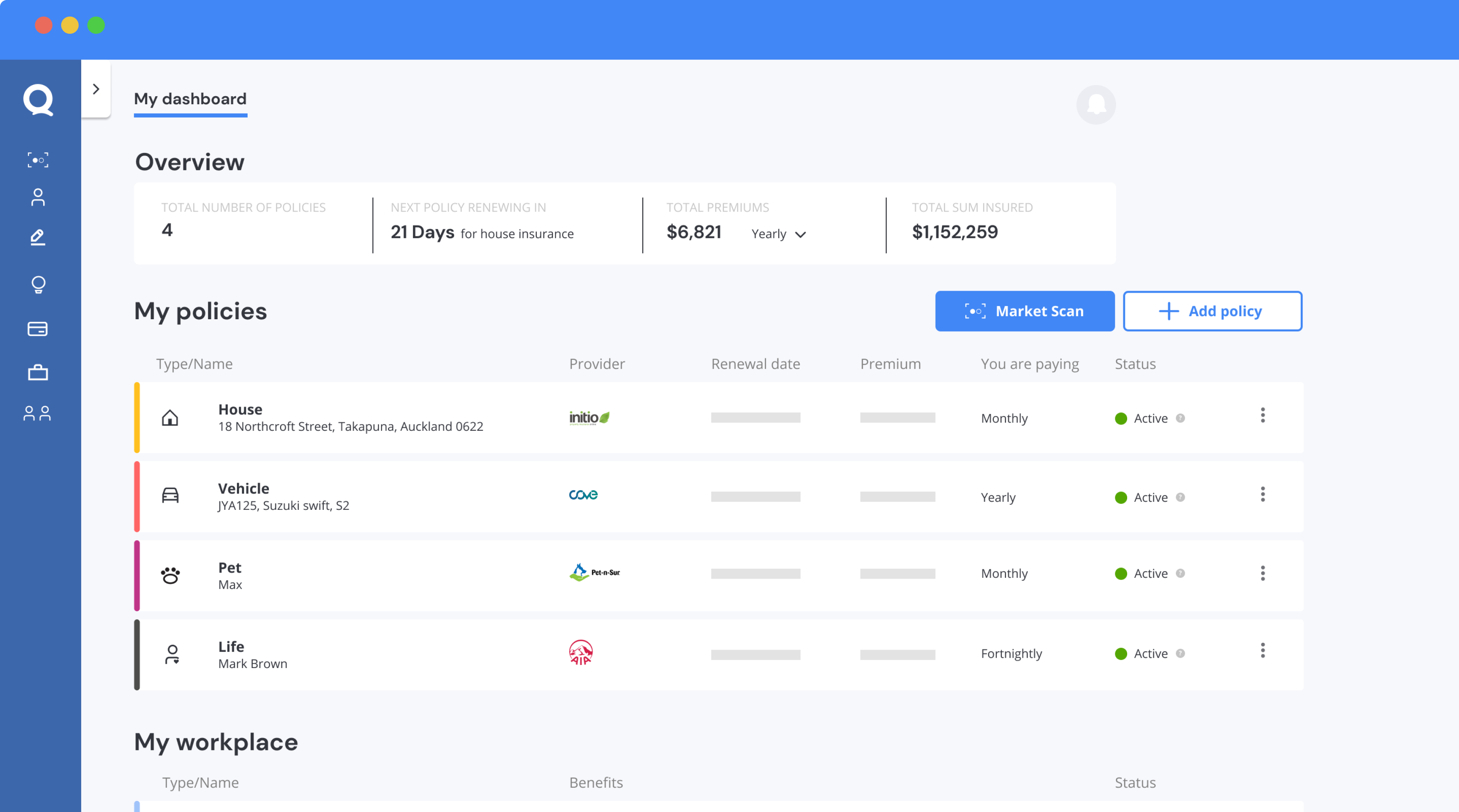
Shop smarter with Quashed
Insurance just got way easier with Quashed. Compare, shop and track all your insurance in one place.
Set up an Automatic Savings Account
Getting savvy with your banking is one of the most important ways to manage your finances. If you don’t have a savings account, this is your prompt to get one ASAP.
But just having it isn’t enough. The best way to actually save, is to have an automatic transfer set up so that on the day you get paid, a set amount is automatically sent to your savings account. If it never reaches your spending account, you won’t have to fight the temptation to spend it.
While you’re here, why not set up some goals for your savings?
A savings account is great for the short term, but once you’ve reached a certain amount, say $5,000, you’d be much better off putting it in a term deposit with a higher interest rate, than leaving it in your savings account. The added benefit of this is that it’s even harder to access, so the temptation to spend it is even further reduced.
Use a Budgeting App
Making a budget to account for all of your outgoings is more complicated these days than it used to be. There are more places for your money to go, making it more of a challenge to keep track of everything via pen and paper, or even an Excel document.
Using a budgeting app takes some of the mental load off your shoulders and makes the process more straightforward. Furthermore, having an app on your phone means that it’s always within easy reach if you need to check something or add some new information.
If you’re not sure where to start, our list of the best budgeting apps has got you covered.
Educate Yourself on Money Management
Most of us have never been taught anything about money management. If we’re lucky, our parents will have given us some guidance, but for most of us, we’re on our own and in the dark when it comes to handling our cash.
The good news is, it’s possible to learn how to manage your money, pull yourself out of debt, and start saving, even with the current high costs of living.
Whether it’s hitting the Google, watching Netflix’s ‘How to Get Rich’, reading The Barefoot Investor, or paying someone for financial advice, educating yourself on money management is essential.

Ditch the Credit Card and Avoid Buy-Now-Pay-Later Schemes
Spending money you don’t have (unless it’s a mortgage or student loan) is never a good idea.
Using a credit card to pay for a holiday or a new TV that you’re going to spend months paying off with interest is terrible financial planning under normal circumstances. But when interest rates are high, avoiding unnecessary interest payments is one of the most important ways you can manage your budget.
(If you do currently have credit card debt, do everything in your power to pay that off as soon as possible. That should be your priority over everything non-essential.)
While sometimes necessary, buying something with a buy-now-pay-later setup is similarly bad practice. It should only be considered for absolute necessities, and only if you already have solid budgeting skills. In saying that, if you have solid budgeting skills, you should be able to save the amount you need and pay for it in full. This is a far safer option.
Cook From Scratch
You don’t have to be a wiz in the kitchen, or even enjoy it, to save money by cooking from scratch. Eating out or getting takeaways always costs more than cooking the same meal yourself (unless you’re using a delivery service like Hello Fresh, which unfortunately does not save you money).
This also goes for takeaway coffees. There are some great options for thermos mugs on the market that can make the takeaway coffee redundant and save you a lot of money in the process.
If you’ve never stopped to think about how much that daily coffee is costing you, over the course of a year, at $5 per coffee, that’s $1,820. That amount could buy you flights for an overseas holiday.
As with anything, sustainable change comes from starting small and making it a part of your routine. You don’t have to rule out takeaways altogether, but increasing the number of meals that you cook at home is a surefire way of saving money.
Cull Some Subscriptions
The number of apps and subscriptions that charge you a monthly amount for little to no added value is worth a second look.
Take a closer look at all of your outgoings and decide which subscriptions you really need. Do you listen to Spotify every day? Do you use that exercise app the way it is intended?
Get ruthless. Choose one subscription to keep, and ditch the rest.
If you really miss any of them after a few months, you can always get them back once you’ve sussed your budget. In the meantime, save the dollars.
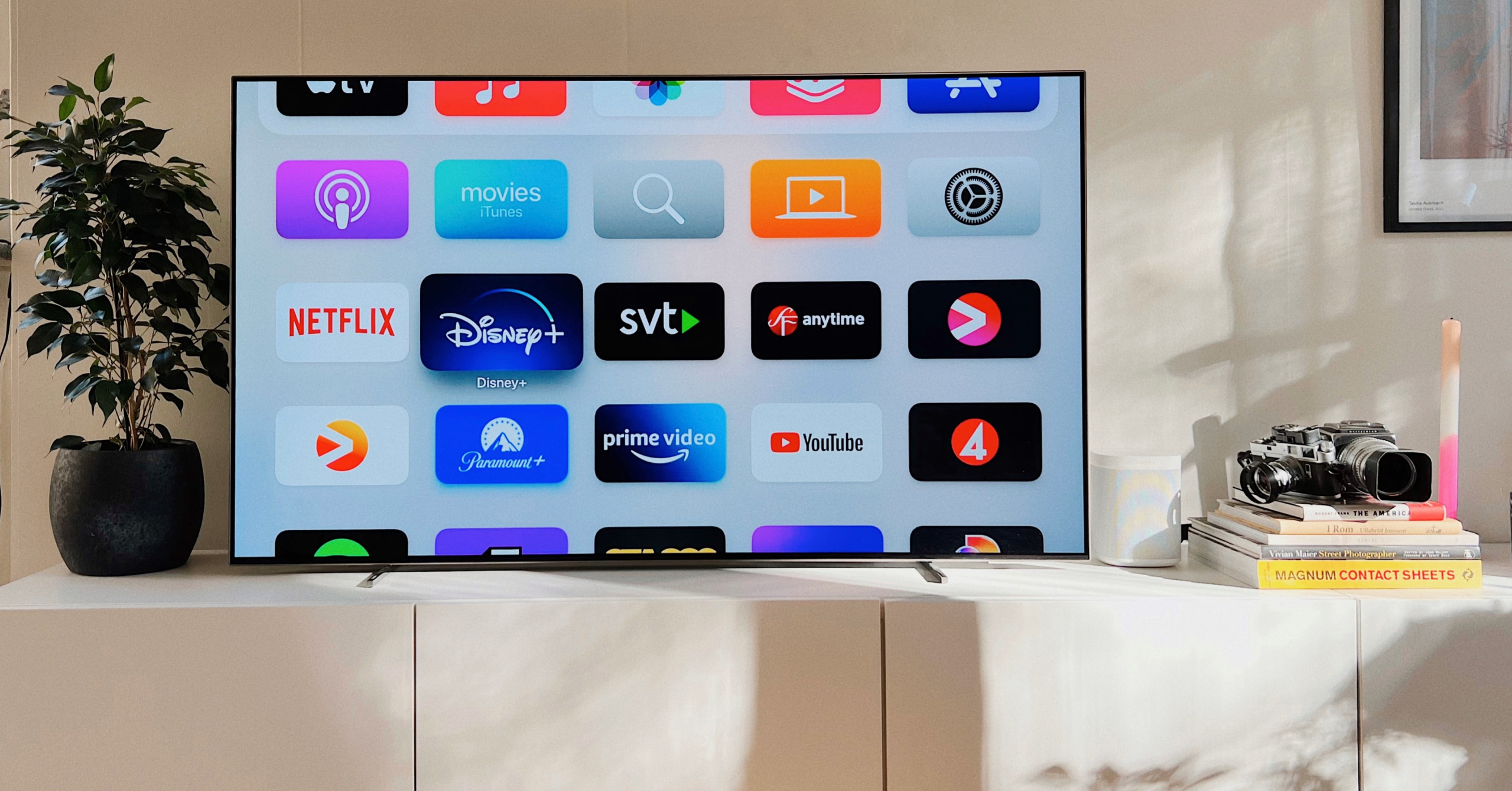
Market Scan quotes are direct from insurers
So you won’t pay more with Quashed
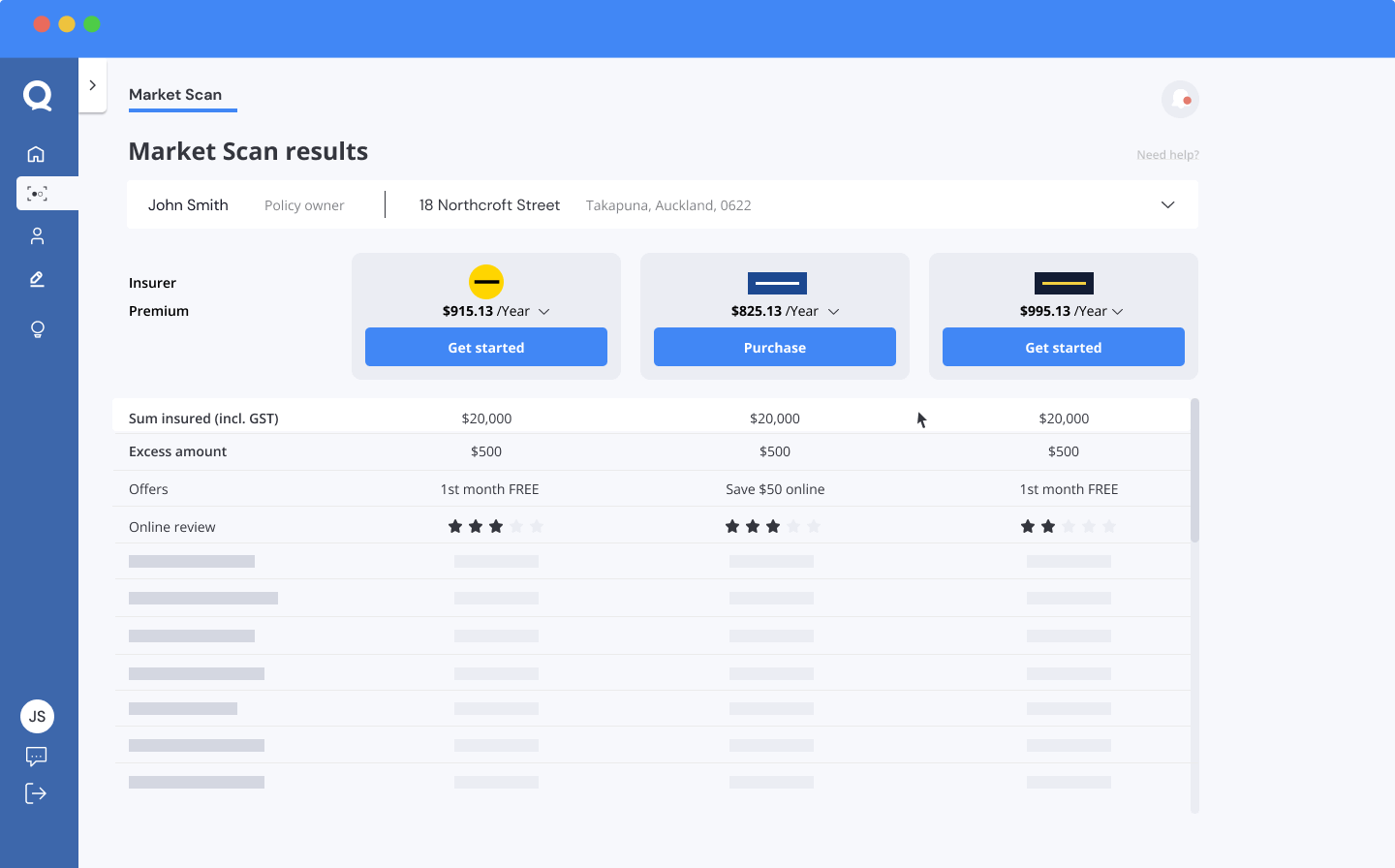
Make Use of What You Have
We live in a consumerist culture with savvy advertising coming at us from all directions on a daily basis.
We know it’s happening, and yet it still plays tricks on our subconscious. But if you can rise above this and pass up the small dopamine hit that comes from instant-purchase gratification, you can save yourself a lot of unnecessary spending.
Take clothes, for example.
The fast fashion industry is diabolical in more ways than one. But did you know that many people only wear an item of clothing around 7 times before replacing it?
Take a closer look at what you already have in your wardrobe. Most people find items of clothing they’ve only worn a couple of times.
The vast majority of shopping that takes place throughout the year is unnecessary and not based on any real need. Saving the shopping trips for when you really need something could be the most important part of budgeting.
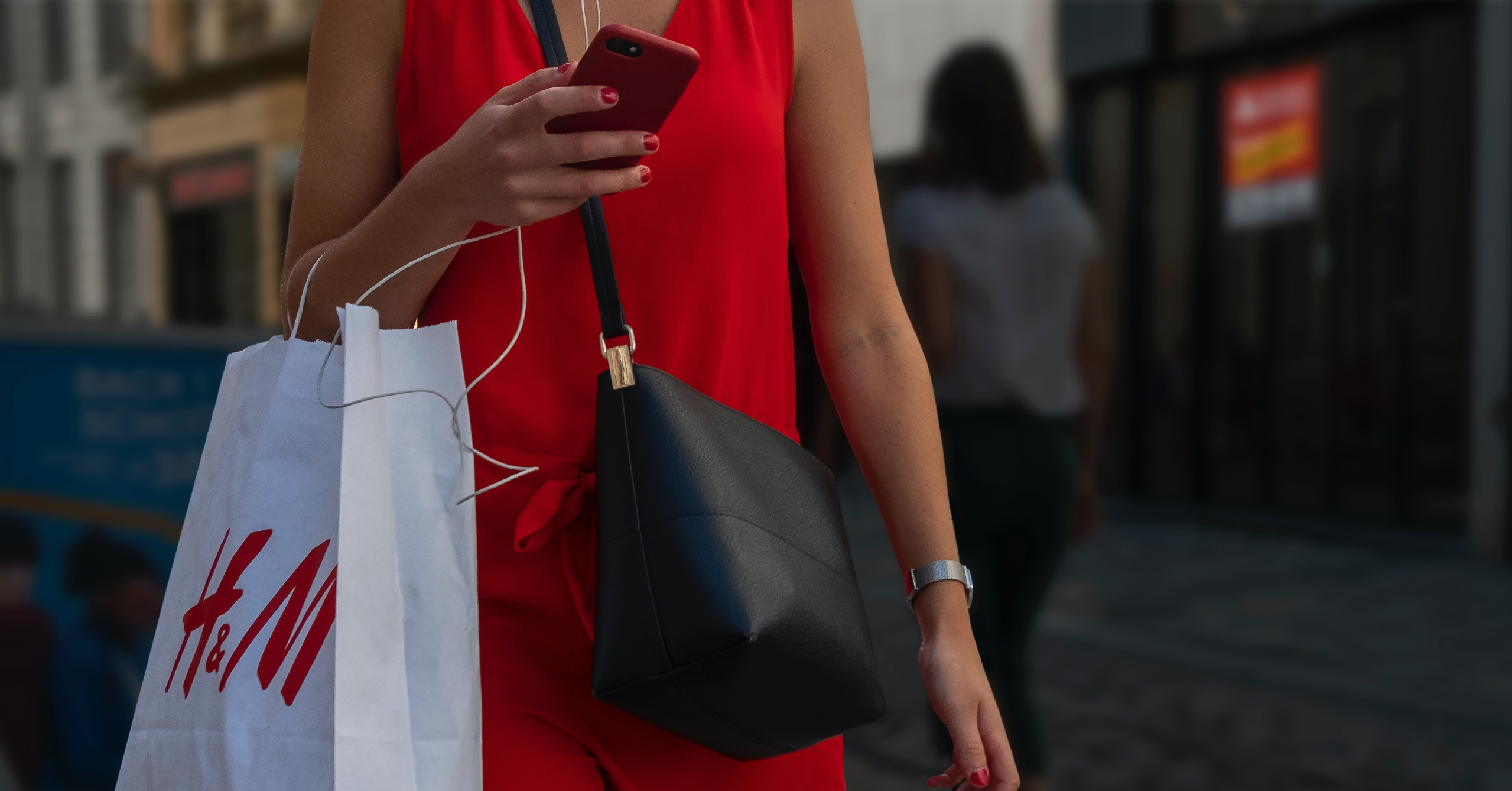
Consider Downsizing
When we say downsizing, most people think of their home. And while that’s always an option, there are many ways that you can downsize your life to reduce your outgoings, and make your income go further.
How many vehicles does your family own? If you have more than one, can you get away without the extra? Even without the added fuel costs, maintaining a second vehicle costs a significant amount of money over the course of a year once you factor in registration, WOFs, servicing and repairs.
Most cities in New Zealand have enough public transport that surviving at least part of the week without a vehicle is very doable. It may also be worth considering other alternatives like a scooter or e-bike.
Other ways you can downsize your life to save money include:
De-cluttering and organising your home so that you know what you have and where it is. This means you won’t purchase things that you already have because you’ve lost them or forgotten that you have them. The extra headspace also leads to less stress, which for most people leads to less spending. If you’re renting, reducing the amount of stuff you have could very likely mean being able to rent a smaller house or even an apartment, which will cost less.
Simplify your routine and get better at saying ‘no’ when it serves you. Our society puts a huge amount of pressure on us to have busy social lives. And while friends are very important, going out for work drinks every week, meeting people for coffee every second day and attending various obligatory events, not only fills up your calendar and burns you out, but inevitably costs money. Choose the commitments that really fill up your cup and exercise your right to refrain from those that don’t.
Choosing less expensive options for the same experience. Need a family holiday? More and more people are finding the joy in camping and tramping. Fancy a movie? Grab a pack of microwave popcorn and turn your lounge into the movie theatre for the night. In need of some pampering? Have a girls’ (or boys’) night in and do your own nails or face masks.
Downsizing does require a change in perspective and adjustment of expectations. But the benefits of adopting a simpler, slower, more minimalist lifestyle are worth it. Many people report decreased stress and increased happiness, together with a happier bank balance.
It’s understandable that the rising cost of living and prospect of a recession might feel overwhelming. But it’s reassuring to remember that recessions pass. Things will eventually get easier. In the meantime, getting savvy with your money management will only set you up for more prosperity when the time comes.

